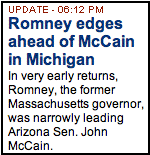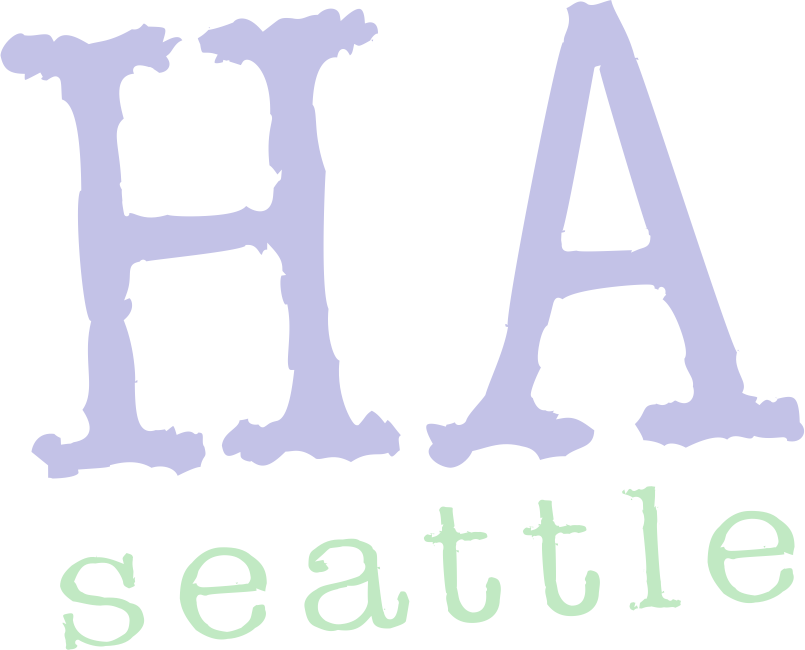Earlier this week, I slogged from Olympia that a battle was brewing over tolling.
The question: How should money generated from tolling be divvied up between roads and transit? (Note to Will at HorsesAss, “Transit” means BRT, HOV, bike lanes, light rail and light rail connections among other investments that get us out of cars.)
Considering both Josh and myself are already out of our cars, I figure he’s using the royal “us”. That is, unless he’s referring to my occasional Flexcar use to visit family on holidays in rural NE King County. In which case, good luck getting me out of that car, since there’s no light rail to Carnation. But I digress.
From the comments to Josh’s post:
Josh, if you really, really want to kill the tolling idea for 520, this is exactly the way to do it. Tolls are supposed to pay for the 520 replacement. I have no problem with using part of the toll money for transit… if it’s built into the replacement bridge. Two HOV / transit lanes down the center, with dedicated ramps, like I-90? We can do that. But the farther the money moves away from the bridge itself, the greater the public outcry and the chances of the toll idea being shitcanned.
If we’re getting a new bridge, it makes sense to make robust transit-oriented functionality a part of the design of the bridge. This means HOV and bike lanes. This means bigger light rail-carrying pontoons and interchanges that make bus travel easier. If we make these investments, does it really matter how we we divide the tolls?

 According to the Seattle Times, it’s very, very close in Michigan. Mitt Romney “edges” ahead, just “narrowly” leading John McCain in early returns.
According to the Seattle Times, it’s very, very close in Michigan. Mitt Romney “edges” ahead, just “narrowly” leading John McCain in early returns.
